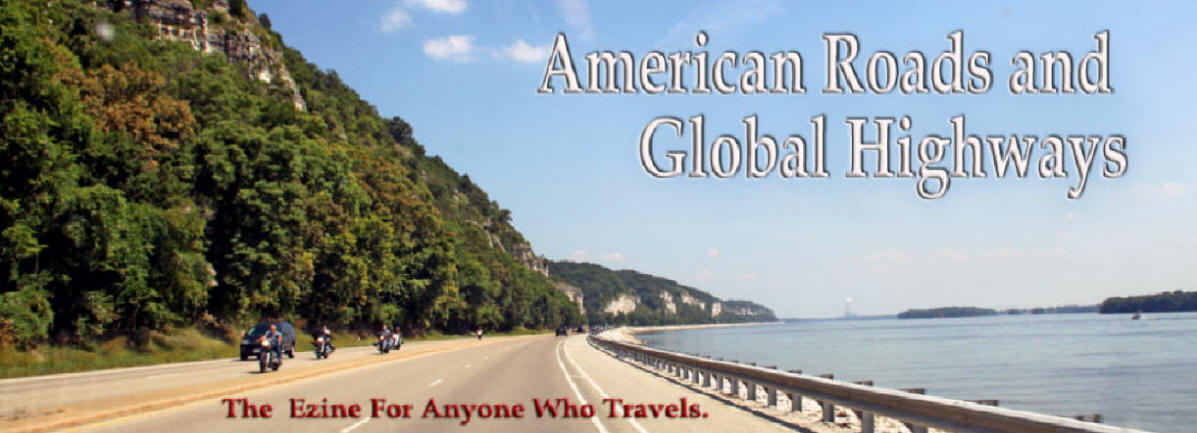
|
|
|
|
Lisbon is so filled with activities, fine cuisine and wines that it is difficult for visitors to tear themselves away from the city but I assure you there are wonders throughout the country. Some of Portugal’s most historic sites and monuments, as well as unique experiences, are to be found within a day’s drive of Lisbon and the small cities and quaint villages provide glimpses into the heart of the country. You can opt to rent a vehicle or book a Gray Line tour to one or more of these destinations. Óbidos
|
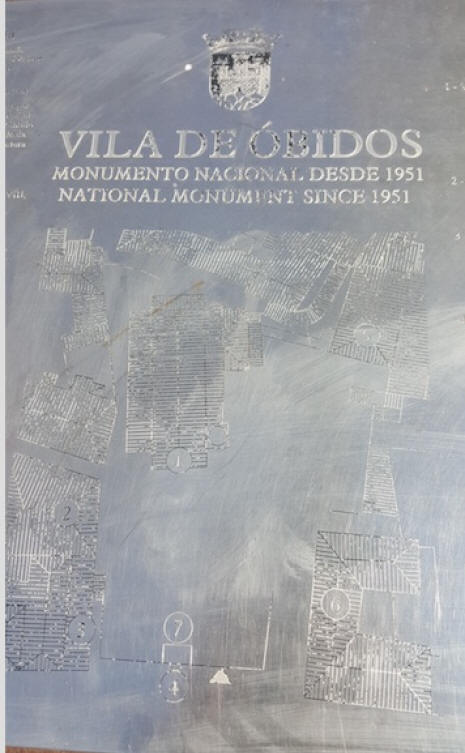 |
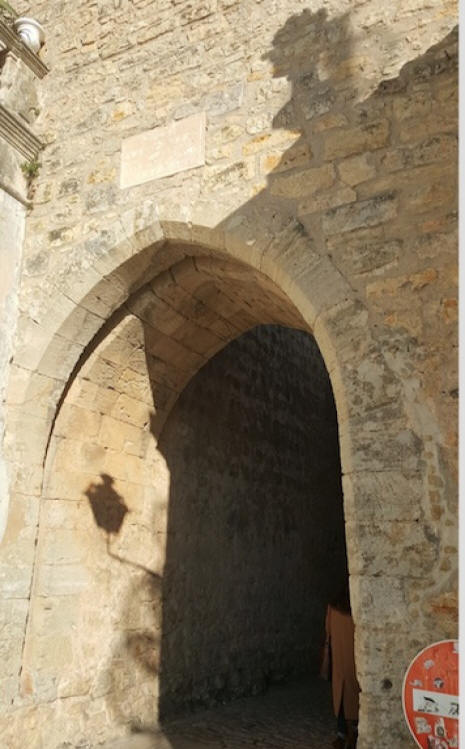 |
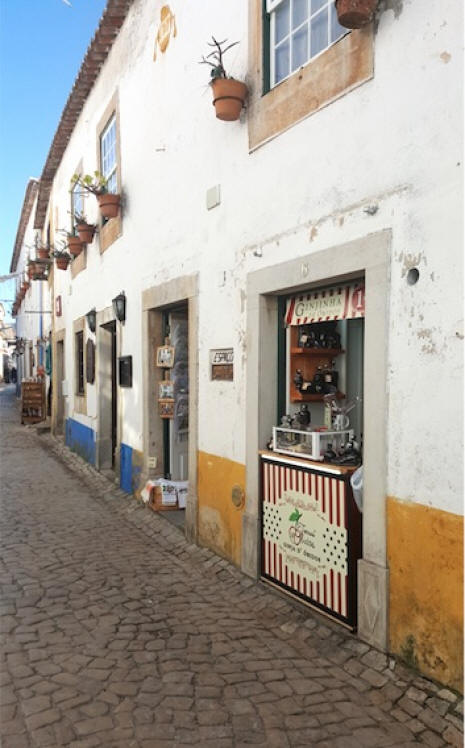 |
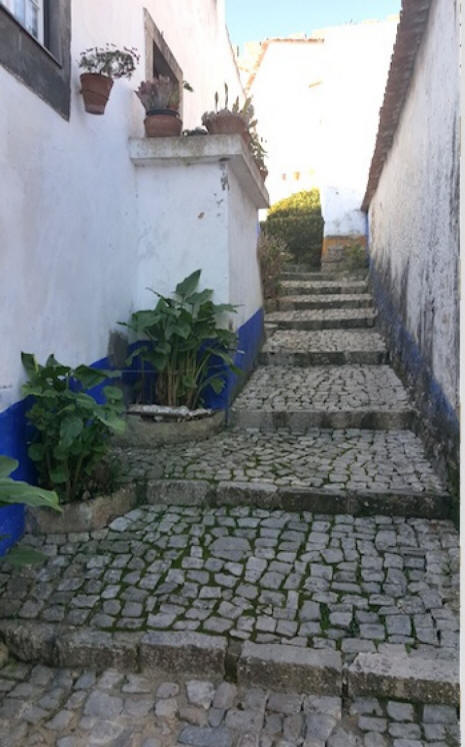 |
Óbidos, a picture perfect fortified town, is a mere 50-miles from Lisbon. Encircled by 14th-century Moorish walls the town’s circuitous cobblestone streets lead to a 15th-century medieval castle, now a luxury hotel. The fortress was rebuilt as a castle after the Moors left the town in 1148.
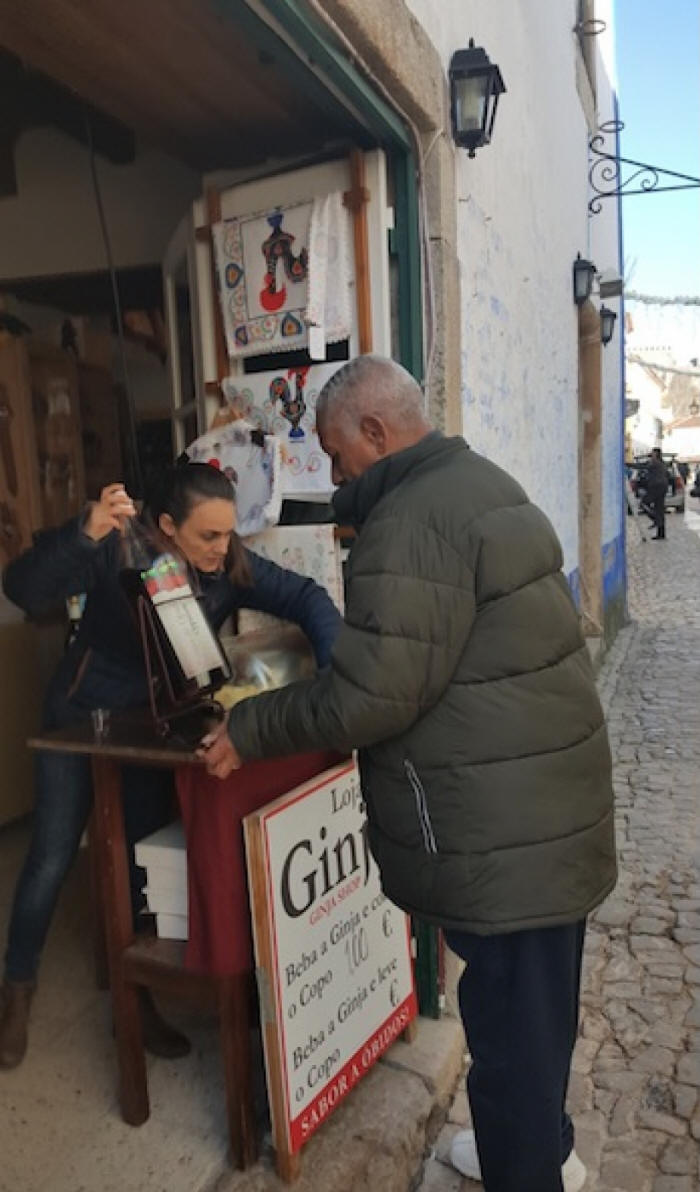
You enter town through the Porta da Vila gateway adorned with 16th-century tiles detailing the Passion of Christ. The main street, Rua Direita, is lined with shops, some of which sell Ginja de Óbidos, a traditional cherry liquor in a chocolate cup made to be eaten after finishing the drink. A few of these and you can walk the 1-mile wall perimeter and take in the panoramic view of the exterior vineyards, farmlands and intact, 1.5-mile, 16th-century aqueduct and the interior flower-draped city streets.
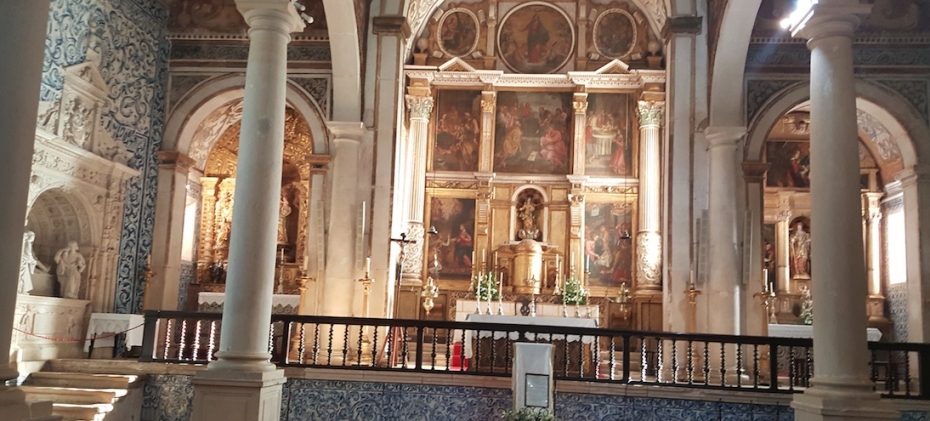
The town was so beautiful it was designated the House of
Queens in 1281 after King Dinis gave it to Queen Isabel
as a wedding gift. The tradition continued for
600-years. In 1444 the Santa Maria church was the scene
of the wedding of King Afonso V, aged 10, to Isabel,
aged 8. The church dates from the 1100s and was
constructed on the site of a mosque.
Alcobaca
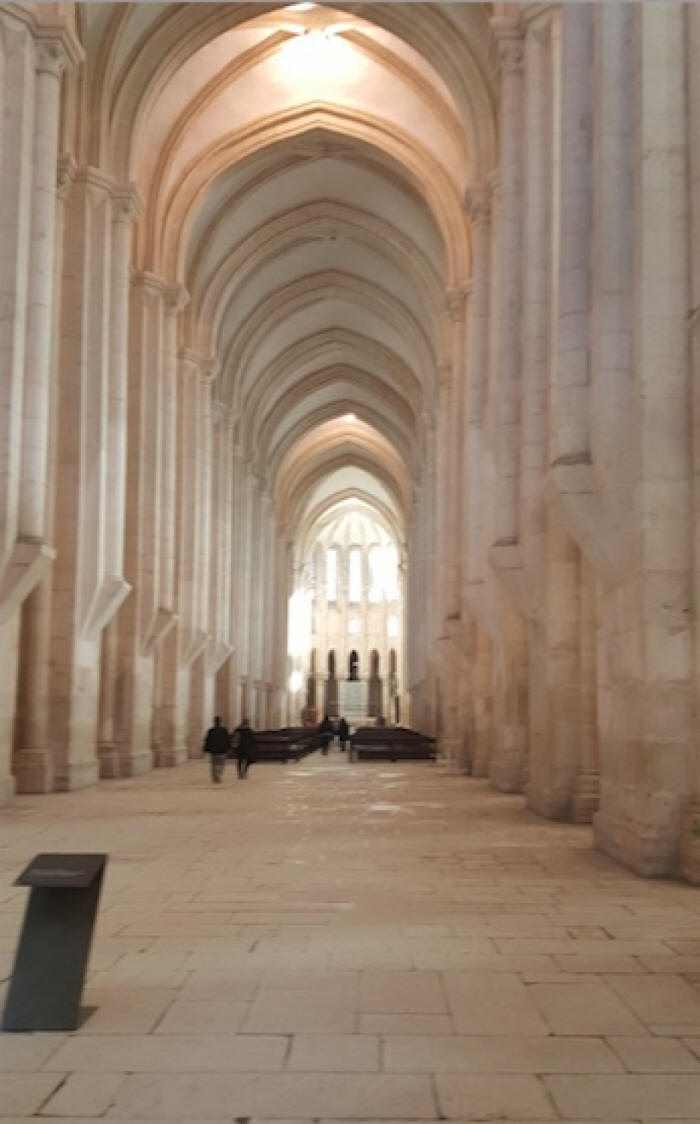
Alcobaça, is home to the UNESCO World Heritage Site, and Portugal’s largest church, begun in 1153 to commemorate the removal of the Moors, completed in 1223. There is much to see here including the vaulted ceiling, Cloister of Silence, Room of Kings and the tombs of Portugal’s most famous lovers, Prince Pedro and Inês de Castro.

Pedro was married to Constance but he carried on a secret love affair with Inês. When Constance died in 1345 he was denied permission to marry her by his father King Afonso IV and so he went away and lived with her as his wife. The king ordered three men to murder her and she was decapitated on January 7, 1355.

Pedro was so grief stricken he rebelled against his father in 1355 and crowned in 1357. Two of the murderers, they never located the third, were executed by having their hearts torn out. He had her exhumed, crowned queen and made members of the court kneel and kiss her hand. In 1360 Pedro interred her in a tomb in the Royal Monastery of Alcobaça. Pedro and Inês rest in the nave in ornate tombs with feet facing one another so that their first vision in the afterlife will be each other.
Batalha
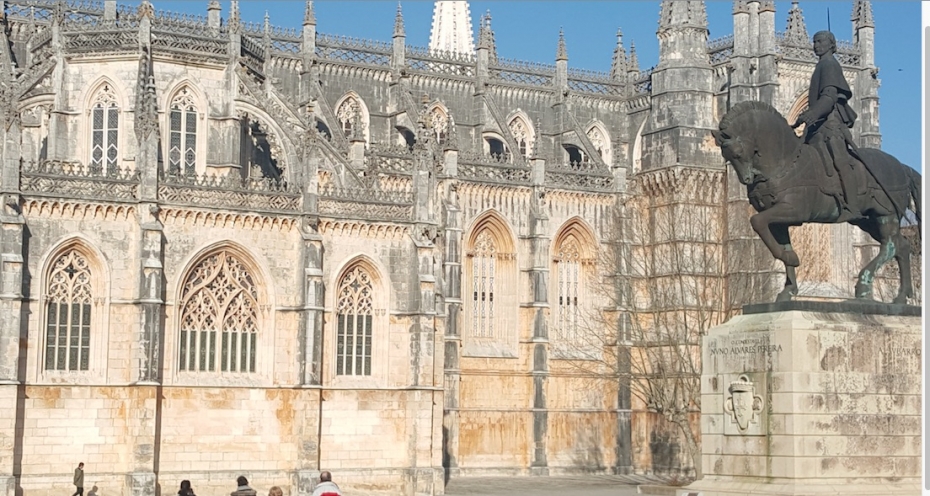

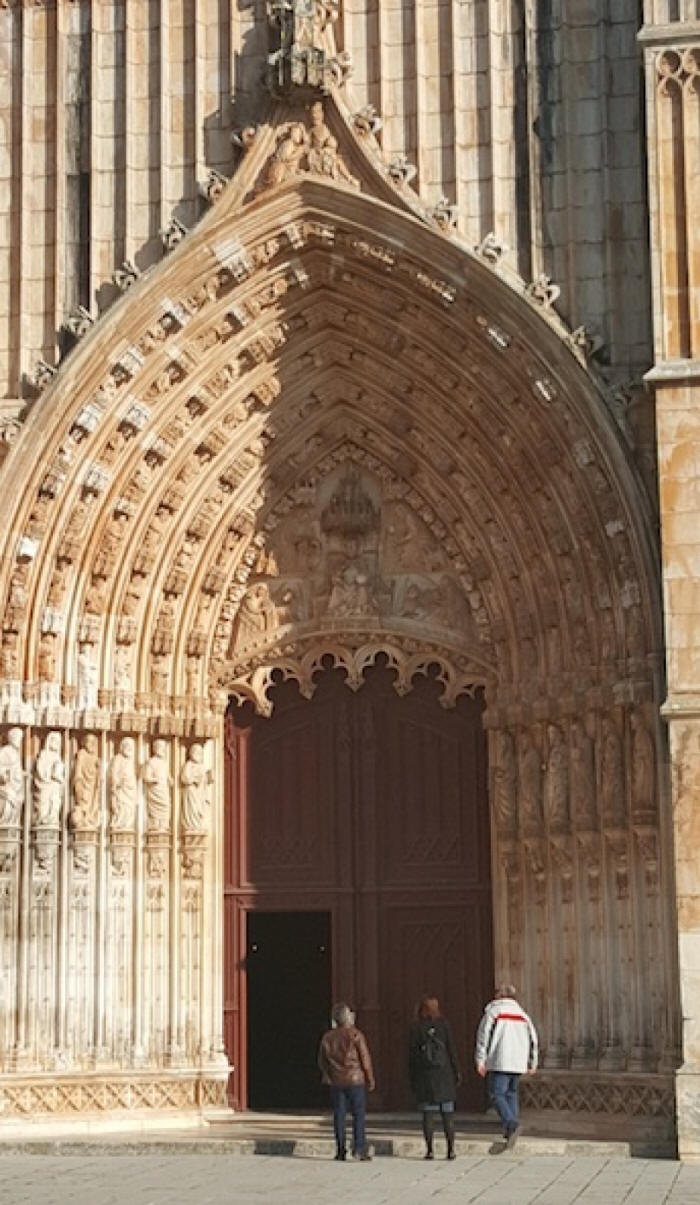
Prince Henry the Navigator’s tomb is in the 1388 UNESCO World Heritage Site, the Dominican abbey of Santa Maria da Vitória, in Batalha. The tombs of King João and his wife reside in the Chapel of Founders and there is a superb 1514 stained-glass window behind the choir. Architecturally and historically this is an important and impressive edifice.
Nazare

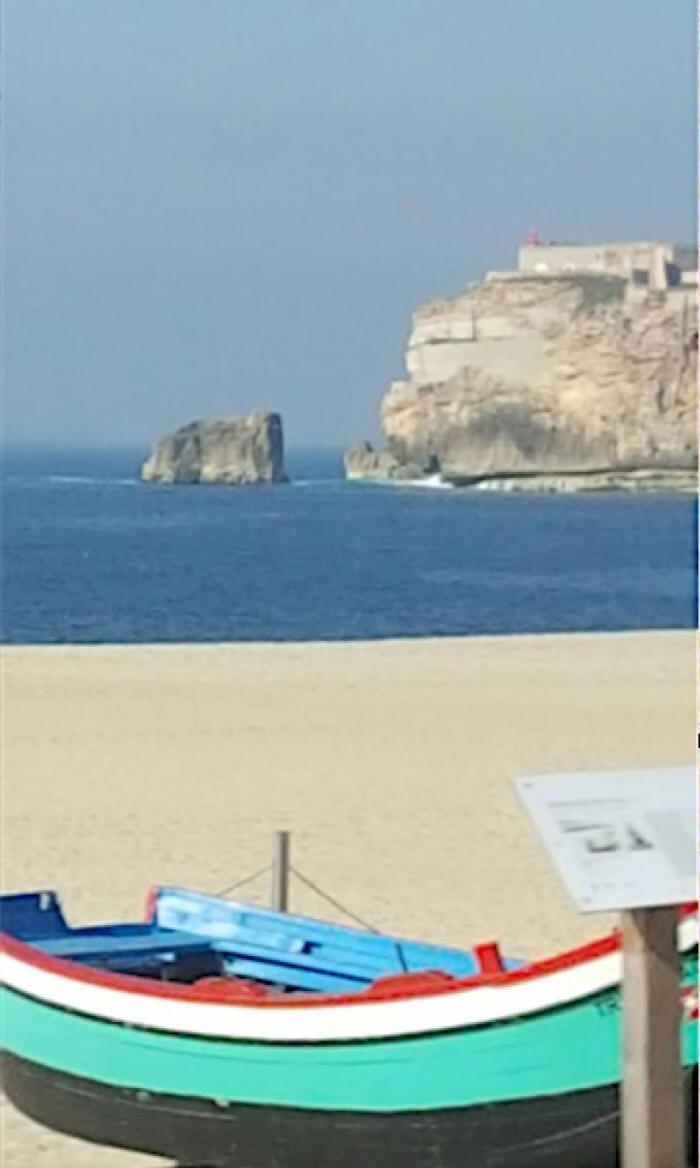
Nestled in a bay is the 4th-century fishing town of Nazaré where visitors can soak up the atmosphere of a village seemingly arrested in time. Wooden fishing boats line the shore, some with an eye painted on the prow, reminiscent of Phoenician boats, along with fish drying racks. The town is believed to have been named after Nazareth in the Bible.
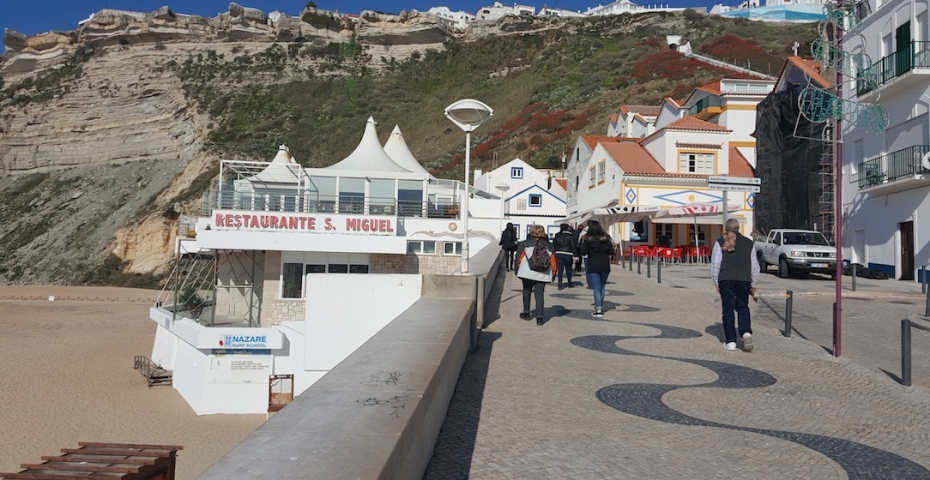
There are seaside restaurants along the Avenida
Marginal. In times past the “fishwives” of the town
waited for the fishermen on the seafront and for warmth
and superstition they wore the traditional seven skirts
of Nazaré and wooden shoes. Lucky visitors may still see
women dressed that way. Nazaré is an international
surfing paradise because of the enormity of the waves
here. Hugo Vau broke the world record in January of 2018
by riding a 100-ft. wave, Big Mamma, at Praia do Norte.
In the 7th-century it is believed two sailors brought a
statue of the Black Madonna to Nazaré from Nazareth.
During the years the Moors ruled the statue was hidden
and rediscovered in the 1100s. A chapel was constructed
where she was discovered and in 1377 a larger church was
built to accommodate the large number of pilgrims. The
Black Madonna is still on view.
Fatima
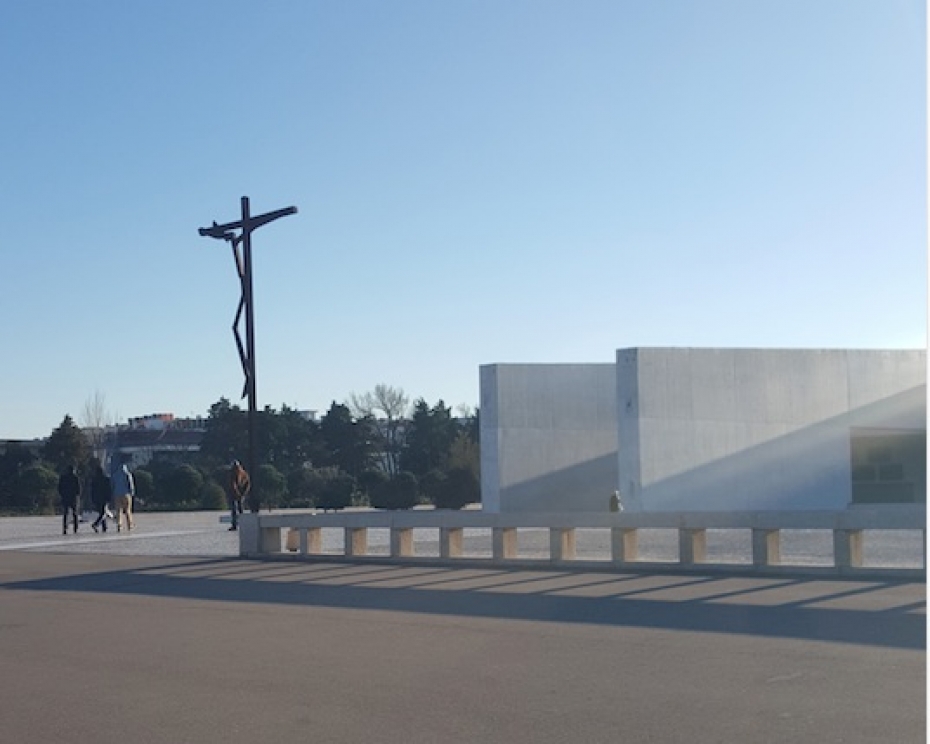
Around 1158, a crusading knight, Don Gonçalo Hermingues,
captured a Muslim princess named Fátima. They fell in
love, she converted to Christianity and they married.
Soon after she died leaving a heartbroken husband. He
joined the abbey of Alcobaça and when he moved he took
her ashes with him and named the place where she was
buried after her. A chapel was built in her honor.
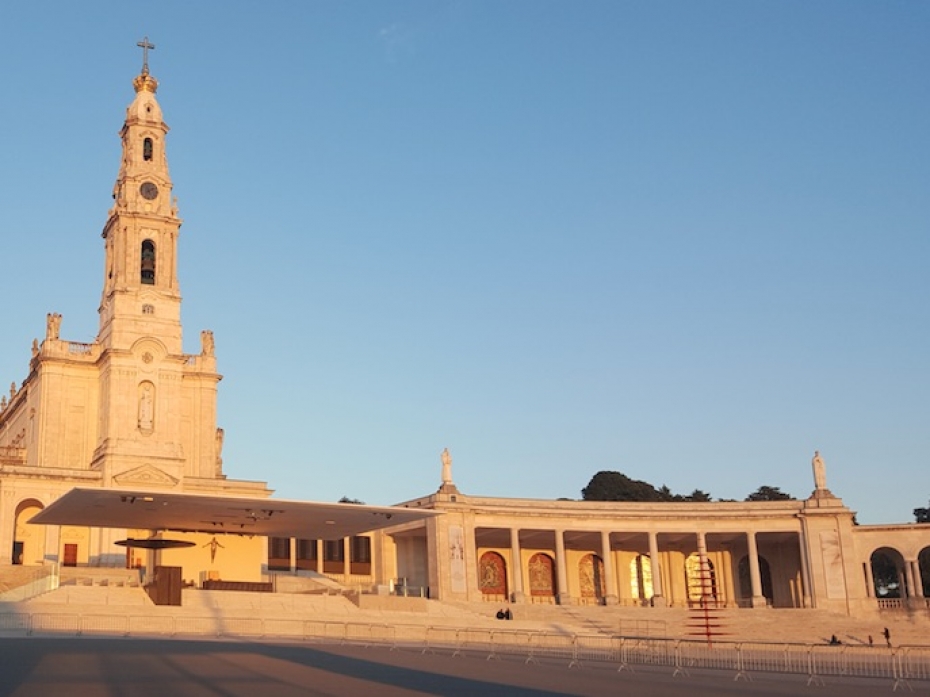
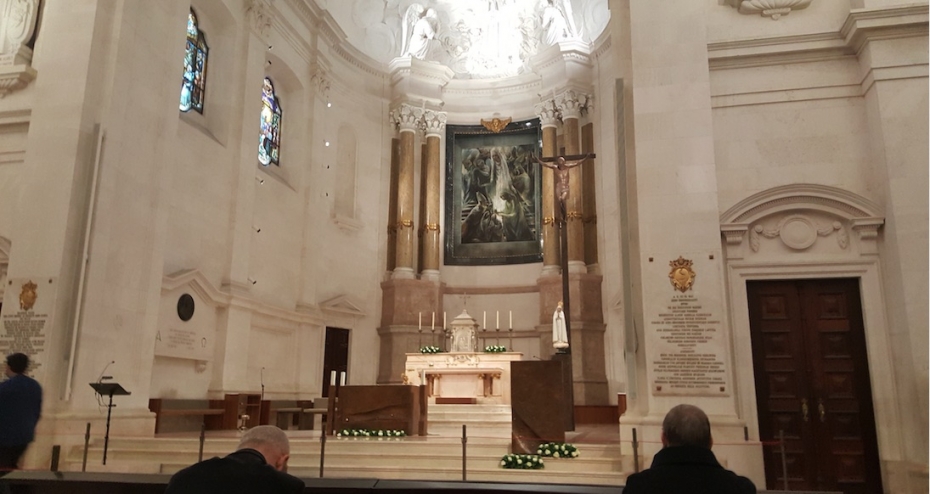
Fátima is one of the most famous Christian religious sites in the world and receives millions of international visitors annually. The miracle took place from May 3 to October 13 in 1917. Three children, Jacinta 7, Santos 9 and Lucia 10, told their parents that the Virgin Mary appeared to them in the top of a tree while they were tending their sheep. Only Lucia spoke to Mary who told her she would reappear on the 13th day for the next 5 months. Word spread and by the final visit 70,000 pilgrims gathered there.

The Sanctuary of Fátima complex has more than 15
individual sites. The Neo-Baroque Our Lady of the
Rosary of Fátima limestone basilica was constructed from
1928-53 with a 231-ft. tower. Within the basilica are
the tombs of Jacinta, Santos and Lucia and the stained
glass windows depict the events. The 8,633 seat Basilica
of the Holy Trinity, the 3rd largest Catholic church in
the world, was built from 2004 -2007.
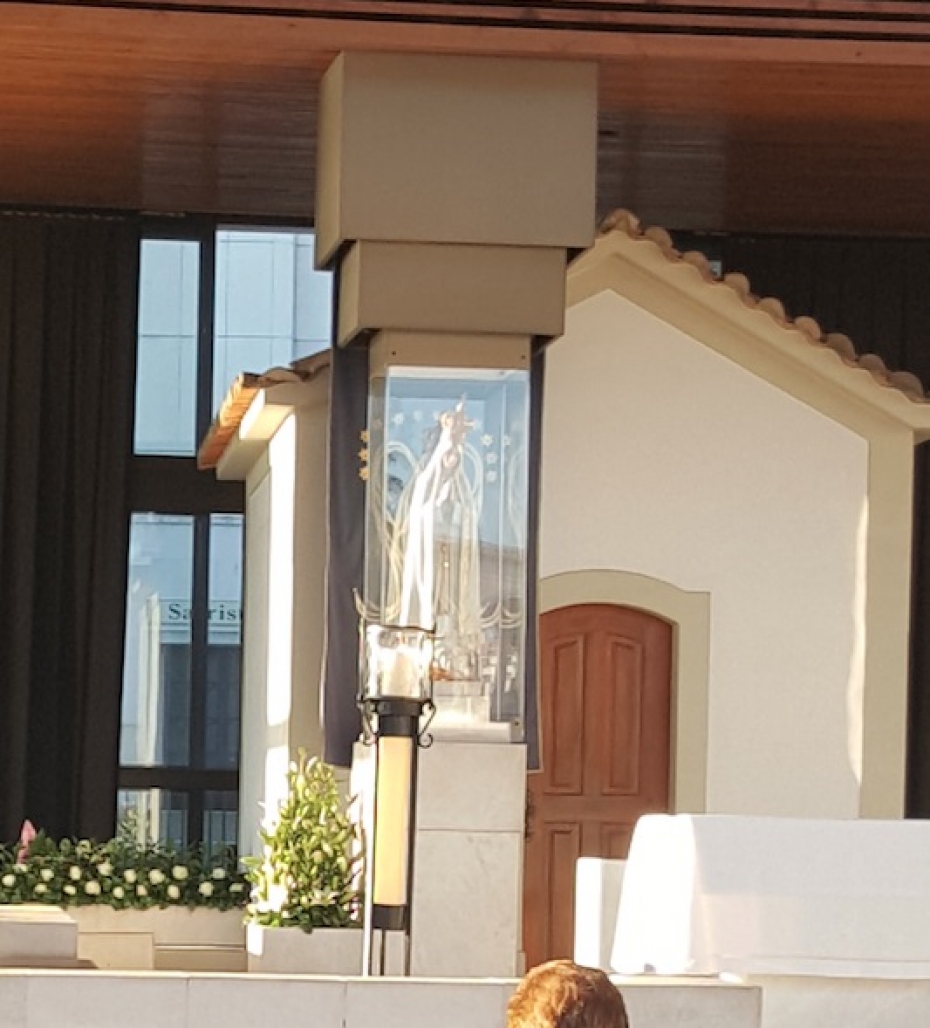

The Chapel of the Apparitions is situated on the spot where Mary appeared and a marble pillar and statue of Mary mark the exact spot. The tree in which Mary appeared is adjacent to the chapel. There is a full schedule of activities and no admission fees are charged. The homes of the three children are outside the complex.
About Renee Gordon
Renee Gordon has written a weekly travel column for the Philadelphia Sun Newspaper for the past fifteen years and has published articles on local, national and international travel in numerous publications. Her columns focus on cultural, historic and heritage tourism and her areas of specialization are sites and attractions related to African American and African Diaspora history. Renee has been a guest radio commentator on various aspects of tourism and appeared in a documentary, "The Red Summer of 1919". As an educator for thirty years she was an English teacher, event and meeting planner, served as an educational consultant and intern-teacher mentor. She contributed to textbooks on women's history and classroom management and has facilitated workshops on both subjects. Renee considers herself a "missionary journalist" and as such she continues to promote heritage and sustainable tourism.
2013 Recipient of African Diaspora World Tourism Flame Keeper in Media Award for Travel Writing
Affiliations
SATW- Society of American Travel Writers
IABTW- International Association of Black Travel Writers
PBJ - Progressive Black Journalists
We'd love your comments!
Connect with us on:
   |
   |
American Roads and
Global Highways has so many great articles you
may want to search it for your favorite places
or new exciting destinations.
The FTC has a law requiring web sites to let their readers know if any of the stories are "sponsored" or compensated. We also are to let readers know if any of our links are ads. Most are not. They are just a way to direct you to more information about the article where the link is placed. We also have several ads on our pages. They are clearly marked as ads. I think readers are smart enough to know an ad when they see one but to obey the letter of the law, I am putting this statement here to make sure everyone understands. American Roads and Global Highways may contain affiliate links or ads. Further, as their bios show, most of the feature writers are professional travel writers. As such we are frequently invited on press trips, also called fam trips. On these trips most of our lodging, dining, admissions fees and often plane fare are covered by the city or firm hosting the trip. It is an opportunity to visit places we might not otherwise be able to visit. However, no one tells us what to write about those places. All opinions are 100% those of the author of that feature column.
Privacy Policy/ Archives /
Contributors /
Subscribe to
American Roads Books by
Kathleen Walls /
Contact /
Sponsor or Advertise/ American Roads & Global Highways Home Page
Copyright 2017 AmericanRoads.net, all rights reserved |

